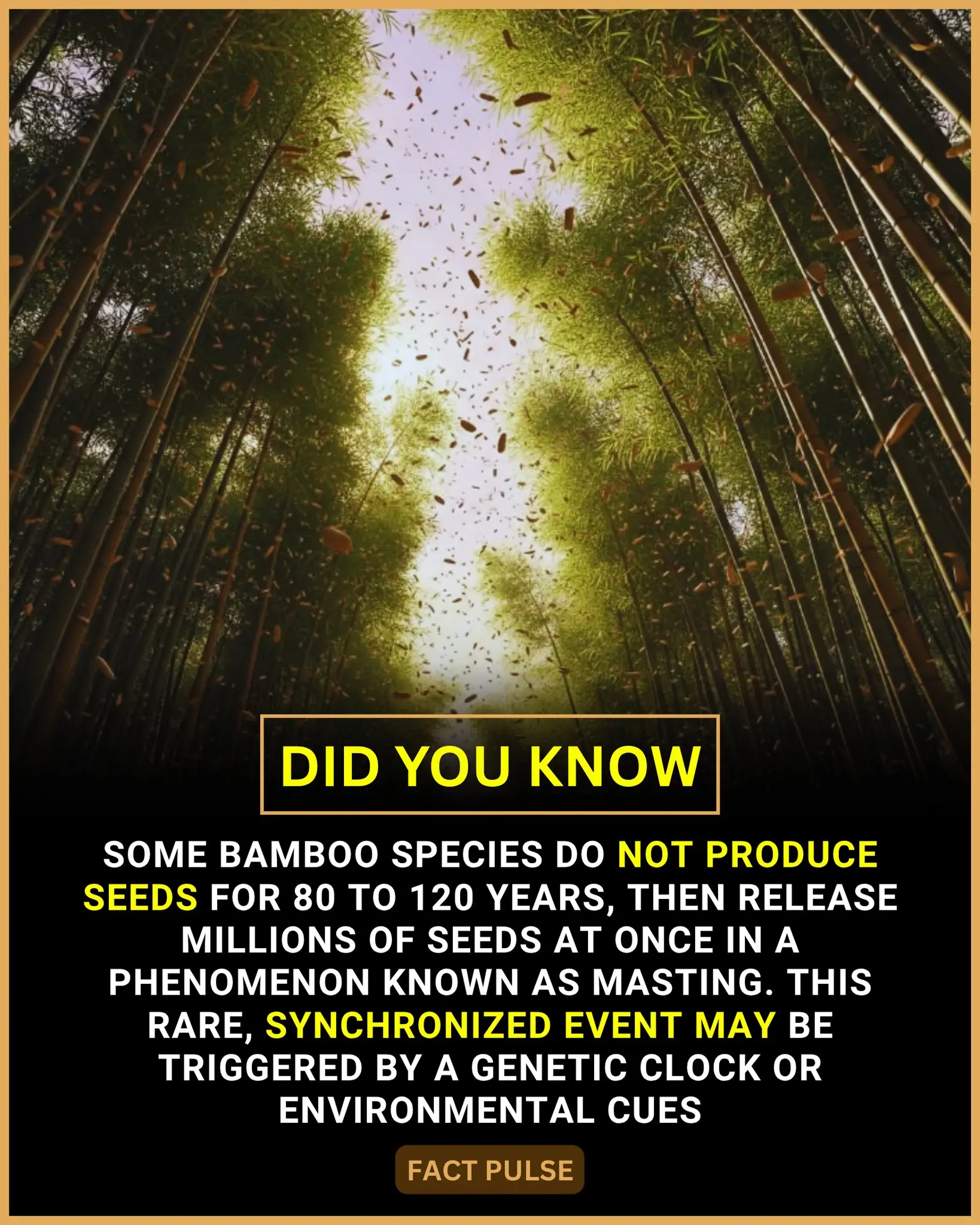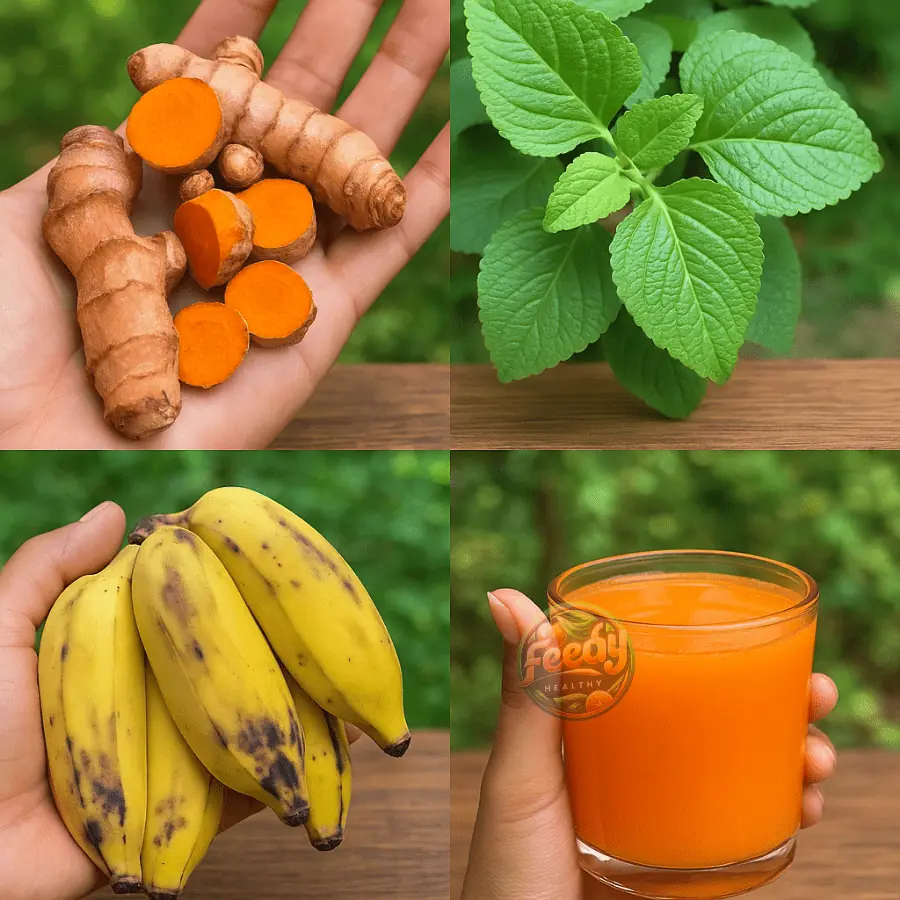
What’s SPAM, really — and what goes into it?

What’s Really in SPAM? The Truth Behind the Iconic Canned Meat
Since its debut in 1937, SPAM has become one of the most recognizable pantry staples in American households—and beyond. Developed by Hormel Foods Corporation, this canned cooked meat was celebrated for its long shelf life, affordability, and convenience, especially during times of crisis.
But what exactly is SPAM? And should you be eating it regularly?
🧂 What Does “SPAM” Stand For?
The origin of the name "SPAM" has long sparked curiosity. While most agree it’s short for “Spiced Ham,” others believe it stands for “Shoulder of Pork and Ham” or “Specially Processed American Meat.” Regardless of its name, SPAM is certainly one of the most iconic and mysterious foods to ever hit the shelves.
💣 From War Rations to Global Icon
SPAM rose to prominence during World War II when it became a primary source of protein for American troops overseas. Its shelf stability and ease of transport made it invaluable in war zones.
After the war, its popularity spread across the globe—especially in places like Hawaii, South Korea, and the Philippines, where it remains a beloved staple in many traditional dishes today.
🍴 What’s Actually in a Can of SPAM?
Despite its simple look and curious reputation, the ingredients in classic SPAM are straightforward:
-
Pork (including ham)
-
Salt
-
Water
-
Sugar
-
Potato starch (acts as a binder)
-
Sodium nitrate (preserves color and extends shelf life)
It’s this sodium nitrate—a compound often found in processed meats—that has raised concerns among health experts.
⚠️ The Nitrate Debate: Safe or Harmful?
Sodium nitrate is a preservative used to maintain SPAM’s pink color and prevent spoilage. It also naturally occurs in vegetables like spinach and celery, and can sometimes be found in groundwater.
However, research has linked excessive nitrate consumption to various health risks, including:
-
Colorectal cancer
-
Leukemia
-
Non-Hodgkin lymphoma
-
Heart disease
-
Stomach, ovarian, pancreatic, and thyroid cancers
According to the Centers for Disease Control and Prevention (CDC), the safe limit is about 3.7 milligrams per kilogram of body weight per day. But here’s the issue: most food labels don’t disclose nitrate content, making it hard to track your daily intake.
🌎 Flavors for Every Palate
Despite health debates, SPAM has diversified far beyond its original version. Today, you can find flavors like:
-
Hickory Smoke
-
Hot & Spicy
-
SPAM with Cheese
-
Teriyaki
-
Lite (lower sodium and fat)
There’s a SPAM for almost every taste preference—and it continues to evolve with changing food trends.
🤔 Should You Be Concerned?
SPAM can be enjoyed in moderation as part of a balanced diet. While it contains preservatives like sodium nitrate, the real issue lies in frequency of consumption and overall dietary habits.
If you're eating SPAM daily or regularly consuming other processed meats, it might be time to reassess. But for occasional use—especially in cultural dishes or as an emergency food—it remains a nostalgic and convenient choice.
✅ Final Thoughts
SPAM has played an undeniable role in history, from wartime survival to global culinary traditions. Its simple ingredients and long-lasting shelf life made it a food revolution in the 20th century. But like many processed foods, it’s best enjoyed occasionally and with awareness.
Know what’s in your food, read labels where possible, and balance your meals with fresh, whole ingredients.
Found this article useful?
📤 Share it with your friends and family to help them understand what’s in their pantry!
News in the same category


The story behind the tiny pocket on your jeans

💤 Your Sleeping Position Says A Surprising Amount About You

💕 15 Things Women Only Do With the Men They Truly Love

Brain Teaser: Can you identify the error in this family’s dining room photo in under 15 seconds?

🧬 A Giant Leap in Dinosaur Science: Preserved T. rex Cells Discovered! 🦖✨

Woman issues terrifying warning after finding a stroller abandoned on the side of the road

15 things a woman should never tell a man

Who Would You Give Your Seat to on the Bus? Your Answer Reveals Personality Insights

Can You Spot the 6 Hidden Words in This Living Room Image?

What’s the purpose of the fabric strip across hotel beds?

The Astonishing Life Cycle of Bamboo: A Once-in-a-Lifetime Botanical Spectacle

The Truth About Rhino Horns: What They're Really Made Of

Never keep these 4 relics after losing a loved one

A Touch of Viking Brilliance: Moss-Carpeted Homes in Norway

👠 From Stilettos to Slides: A Woman’s Life Journey Told Through Her Shoes

The ring you pick will reveal your truest trait

5 Reasons Why Some Men Prefer Slim Women

The Mpemba Effect: Why Hot Water Can Freeze Faster Than Col
News Post

💗 Pink Oreo Dream Bars

🍓 Decadent Chocolate Strawberry Cake

7 Things That Happen To Your Body When You Don’t Have Sex For A While

Why are your veins suddenly bulging and visible?

7-Eleven Employee Dies After Being Left Brain-Dead in Shocking Incident Involving Manager

Stomach Bug Sickens Over 140 People on Caribbean Cruise, Forcing Passengers and Crew to Isolate in Cabins

🌘 The Longest Total Solar Eclipse of the Century Is Coming — August 2, 2027

🌠 Twin Meteor Showers Set to Illuminate the Night Sky July 29–30, 2025 🌠

K9 dog wouldn’t stop barking at room 207 in a hospital – what they found inside was horrifying

Transform Your Day with the Ultimate Almond Banana Avocado Smoothie

Sip Strength Before Sleep: The Cucumber & Pomegranate Elixir for Unstoppable Vitality at Any Age

Nature’s Power Trio: Garlic, Honey, and Cloves for Vibrant Wellness

Dog waiting to be adopted ‘cries’ every night – shelter posts sad photo as one last hope

The Hidden Power of Prickly Lettuce: The Unpretentious Wonder of Nature ....

🍫 Triple Chocolate Drip Cake with Truffles & Ganache Drip

My neighbor requested that I care for her 6 children – I called children services a couple of hours after she left

Flaxseeds Sleeping Mask That Will Transform Your Skin

At 60, I Healed Cancer, High Blood Pressure, Diabetes, and Poor Circulation – Thanks to This Natural Drink

The story behind the tiny pocket on your jeans
